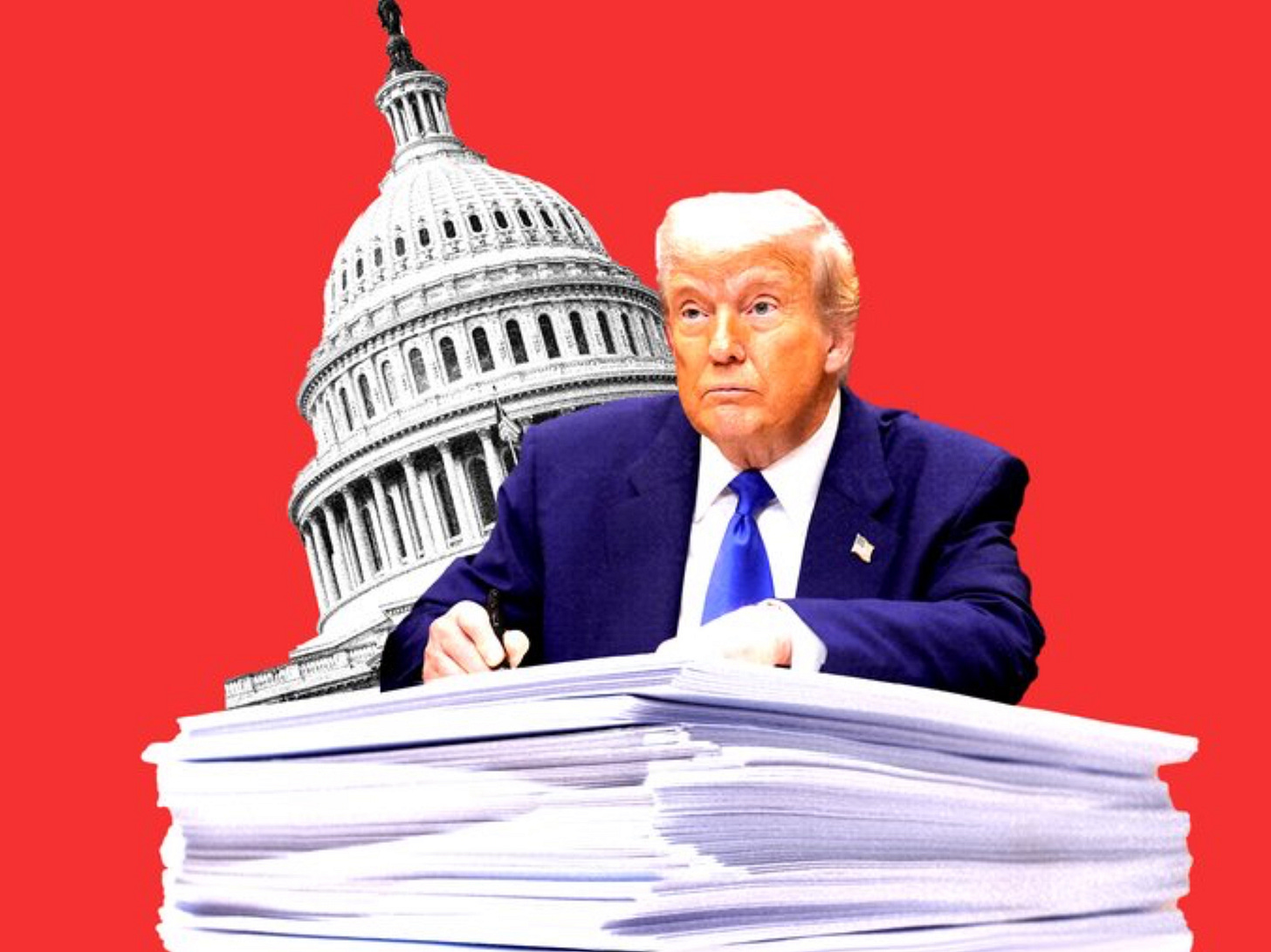Opinion: The Big Beautiful Bill – A Bundle of Bold Promises and Thorny Trade-offs
A High-Stakes Bet on Tax Cuts and Tough Choices
The One Big Beautiful Bill Act, which President Donald Trump signed into law in July 2025, has sparked controversy from both left and right. Greeted by supporters as a transformative package that fulfills “America First” priorities, it has been criticized by detractors as a fiscally reckless giveaway to rich people and an assault on those in need. Like much far-reaching legislation, the reality is somewhere in the messy middle, such the noble aims and worrying downsides each merit study.
The good news is the bill provides substantial tax relief — one of its selling points. By making permanent the 2017 tax cuts, increasing the standard deduction to $15,750 for individuals and $31,500 for couples, and creating new deductions—including one for $6,000 for seniors with incomes up to $75,000—it seeks to put more money back in the pockets of American families, seniors, and small businesses. Items such as repealing taxes on tips and overtime pay, expanding the child tax credit and raising the state and local tax (SALT) deduction cap for families making less than $500,000 to $40,000 provide concrete benefits, particularly for middle-income earners in high-tax states. Advocates say easing up on such restrictions will light the fire of economic growth, projecting the typical tax cut would work out to $1,510 per household with $53,300 to $92,100 in annual earnings. This includes $350 billion for border security and immigration enforcement to carry out one of Trump’s signature campaign promises, as well as $1.6 trillion in deficit reduction through cuts to discretionary spending that some fiscal conservatives see as a step toward fiscal responsibility.
But the bill’s ambitious purview is costly, both fiscally and societally. Detractors cite its $4 trillion boost to the national debt in the next 10 years — undermining GOP claims of fiscal responsibility. The bill’s cuts to Medicaid and the Supplemental Nutrition Assistance Program (SNAP) are particularly controversial, with nonpartisan estimates that a little under 12 million Americans could go without health insurance because of new work requirements and stricter eligibility. Such changes, including those to copays and retroactive coverage for Medicaid patients, threaten to hurt those with low incomes, those in rural areas and states like Alaska, where 40,000 residents could lose benefits. Repealing such clean energy tax credits included in the 2022 Inflation Reduction Act, however, would jeopardize $321 billion in investment in renewable energy, stalling a construction boom in renewable facilities that could also drive up energy prices and nullify climate goals. Critics also argue that the bill’s tax benefits overwhelmingly favor the wealthy, with 80% of the gains accruing to the top 10% of earners, according to the Wharton budget model. That has led to accusations that the bill favors billionaires over working-class Americans, however populist Trump’s rhetoric has been.
The bill’s passage was a tutorial in legislative legerdemain, complete with Vice President JD Vance breaking a Senate tie and House Speaker Mike Johnson squeezing out a 218–214 win. But its unpopularity — polls indicate almost 2-to-1 opposition — signals a public relations fight for Republicans to come, particularly as Democrats prepare to weaponize its Medicaid cuts in the 2026 midterms. Even within the GOP, disagreement from Senators Thom Tillis and Susan Collins, and brash public criticism from billionaire Elon Musk, highlights how the legislation is splitting the party.
In the end, the Big Beautiful Bill is not the unalloyed catastrophe its detractors pretend any more than it is the absolute triumph its champions make out. It provides real relief to many Americans but also deepens inequality and helps dismantle safety nets for others. Its fate will hinge on whether its economic promises work before the cuts start to hurt. For now, it’s a very long bet — one that could reshape the nation’s fiscal and social landscape for a generation.


